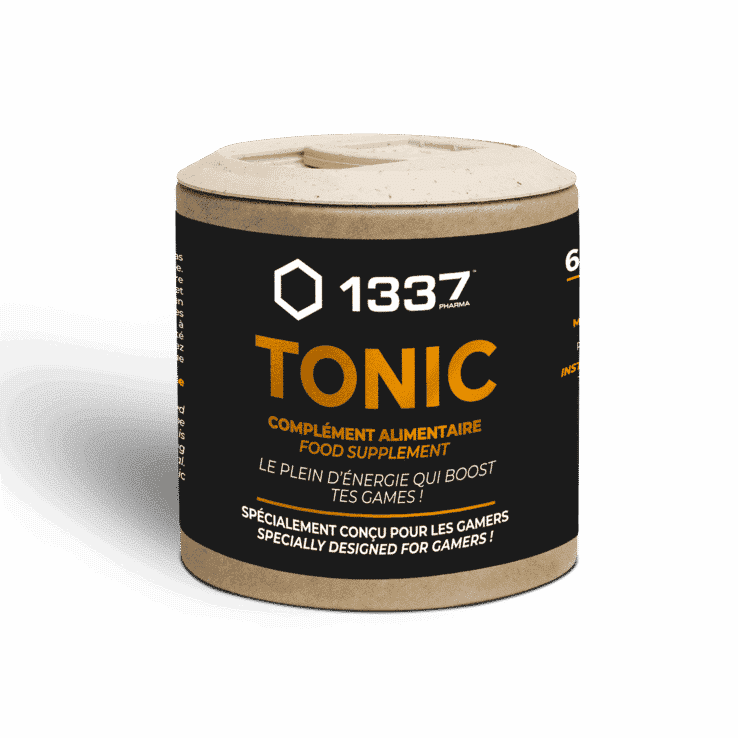Ginseng
Ingredient
What is Ginseng?
Where does it come from?
Why is it used?
What are the benefits?
Bibliography
What is Ginseng?
Ginseng is a genus of deciduous, slow-growing perennial plants in the family Araliaceae. It is a slow growing short plant with fleshy roots can be divided into three categories, fresh, white or red, depending on the length of growth. Fresh ginseng is harvested 4 years ago, white ginseng is harvested 4-6 years later, and red ginseng is harvested more than 6 years later. There are many species of this plant, but the most popular are American ginseng (Panax quinquefolius) and Asian ginseng (Panax ginseng). American ginseng and Asian ginseng have different levels of active ingredients and different effects on the body.
American ginseng is believed to act as a relaxant, while the Asian variety has an invigorating effect. (D.-H. Kim, 2012; E.-Y. Park et al., 2014) Ginseng contains two important compounds: ginsenosides and gintonin. These compounds complement each other to provide health benefits (Im & Nah, 2013)
Where does it come from?
Ginseng plants grow mainly in North America, South Korea, Bhutan and Siberia; in cold climate forests, woodlands and undergrowth.
Why is it used?
1. Ginseng has been shown to help reduce inflammatory markers and help protect against oxidative stress.
▪ (Dong et al., 2013; Hong & Lyu, 2011; Jung et al., 2011; Lee & Lau, 2011; B.-G. Park et al., 2013; Seo et al., 2014)
2. Ginseng has been shown to benefit mental mental functions, feelings of calm, and mood in both healthy people and those with Alzheimer’s disease.
▪ (Abdel-Aal et al., 2013; Choi et al., 2013; Ellis & Reddy, 2002; Geng et al., 2010; Heo et al., 2008, 2011; Oh & Kim, 2016; Reay et al. , 2005)
3. Ginseng may help fight fatigue and improve physical activity by reducing oxidative damage and increasing energy production in cells.
▪ (Bach et al., 2016; Barton et al., 2013; Kang et al., 2015; H.-G. Kim et al., 2013; Wang et al.,
2010, 2014)

What are the benefits?
Research shows that the ginseng is an ally to help stimulate the immune system, fight physical and intellectual fatigue, or to help convalescents regain their strength. These are ginsenosides, the active substances of ginseng , which give it its therapeutic power.
Discover other plants used in our products
Bibliography
1. Abdel-Aal, E.-SM, Akhtar, H., Zaheer, K., & Ali, R. (2013). Dietary sources of lutein and zeaxanthin carotenoids and their role in eye health. Nutrients, 5(4), 1169-1185. https://doi.org/10.3390/nu5041169 2. 2. Bach, HV, Kim, J., Myung, SK, & Cho, YA (2016). Efficacy of Ginseng Supplements on Fatigue and Physical Performance: A Meta-analysis. Journal of Korean Medical Science, 31(12), 1879‐1886.
https://doi.org/10.3346/jkms.2016.31.12.1879
3. Barton, DL, Liu, H., Dakhil, SR, Linquist, B., Sloan, JA, Nichols, CR, McGinn, TW, Stella, PJ, Seeger, GR, Sood, A., & Loprinzi, CL ( 2013). Wisconsin Ginseng (Panax quinquefolius) to improve cancer-related fatigue: A randomized, double-blind trial, N07C2. Journal of the National Cancer Institute, 105(16), 1230-1238.
https://doi.org/10.1093/jnci/djt181
4. Choi, J., Kim, T.-H., Choi, T.-Y., & Lee, MS (2013). Ginseng for health care: A systematic review of randomized controlled trials in Korean literature . PloS One, 8(4), e59978.
https://doi.org/10.1371/journal.pone.0059978
5. Dong, G.-Z., Jang, EJ, Kang, SH, Cho, IJ, Park, S.-D., Kim, SC, & Kim, YW (2013). Red ginseng abrogates oxidative stress via mitochondria protection mediated by LKB1-AMPK pathway. BMC Complementary and Alternative Medicine, 13, 64. https://doi.org/10.1186/1472-6882-13-64
6. Ellis, JM, & Reddy, P. (2002). Effects of Panax ginseng on quality of life. The Annals of Pharmacotherapy, 36(3), 375-379. https://doi.org/10.1345/aph.1A245
7. Geng, J., Dong, J., Ni, H., Lee, MS, Wu, T., Jiang, K., Wang, G., Zhou, AL, & Malouf, R. (2010). Ginseng for cognition. The Cochrane Database of Systematic Reviews, 12, CD007769.
https://doi.org/10.1002/14651858.CD007769.pub2
8. Heo, J.-H., Lee, S.-T., Chu, K., Oh, MJ, Park, H.-J., Shim, J.-Y., & Kim, M. (2008 ). An open-label trial of Korean red ginseng as an adjuvant treatment for cognitive impairment in patients with Alzheimer’s disease. European Journal of Neurology, 15(8), 865-868. https://doi.org/10.1111/j.1468-1331.2008.02157.x
9. Heo, J.-H., Lee, S.-T., Oh, MJ, Park, H.-J., Shim, J.-Y., Chu, K., & Kim, M. (2011 ). Improvement of cognitive deficit in Alzheimer’s disease patients by long term treatment with korean red ginseng. Journal of Ginseng Research, 35(4), 457-461. https://doi.org/10.5142/jgr.2011.35.4.457
10. Hong, C.-E., & Lyu, S.-Y. (2011). Anti-inflammatory and Anti-oxidative Effects of Korean Red Ginseng Extract in Human Keratinocytes. Immune Network, 11(1), 42-49. https://doi.org/10.4110/in.2011.11.1.42
11. Im, D., & Nah, S. (2013). Yin and Yang of ginseng pharmacology: Ginsenosides vs gintonin. Acta Pharmacologica Sinica, 34(11), 1367‐1373. https://doi.org/10.1038/aps.2013.100
12. Jung, HL, Kwak, HE, Kim, SS, Kim, YC, Lee, CD, Byurn, HK, & Kang, HY (2011). Effects of Panax ginseng supplementation on muscle damage and inflammation after uphill treadmill running in humans. The American Journal of Chinese Medicine, 39(3), 441-450. https://doi.org/10.1142/S0192415X11008944
13. Kang, D.-Z., Hong, H.-D., Kim, K.-I., & Choi, SY (2015). Anti-Fatigue Effects of Fermented Rhodiola rosea Extract in Mice. Preventive Nutrition and Food Science, 20(1), 38-42. https://doi.org/10.3746/pnf.2015.20.1.38
14. Kim, D.-H. (2012). Chemical Diversity of Panax ginseng, Panax quinquifolium, and Panax notoginseng. Journal of Ginseng Research, 36(1), 1‐15. https://doi.org/10.5142/jgr.2012.36.1.1
15. Kim, H.-G., Cho, J.-H., Yoo, S.-R., Lee, J.-S., Han, J.-M., Lee, N.-H., Ahn, Y.-C., & Son, C.-G. (2013). Antifatigue effects of Panax ginseng CA Meyer: A randomized, double-blind, placebo-controlled trial . PloS One, 8(4), e61271. https://doi.org/10.1371/journal.pone.0061271
16. Lee, DCW, & Lau, ASY (2011). Effects of Panax ginseng on tumor necrosis factor-α-mediated inflammation: A mini-review. Molecules (Basel, Switzerland), 16(4), 2802-2816.
https://doi.org/10.3390/molecules16042802
17. Oh, J., & Kim, J.-S. (2016). Compound K derived from ginseng: Neuroprotection and cognitive improvement . Food & Function, 7(11), 4506-4515. https://doi.org/10.1039/c6fo01077f
18. Park, B.-G., Jung, H.-J., Cho, Y.-W., Lim, H.-W., & Lim, C.-J. (2013). Potentiation of antioxidant and anti-inflammatory properties of cultured wild ginseng root extract through probiotic fermentation. The Journal of Pharmacy and Pharmacology, 65(3), 457-464. https://doi.org/10.1111/jphp.12004
19. Park, E.-Y., Kim, M.-H., Kim, E.-H., Lee, E.-K., Park, I.-S., Yang, D.-C., & Jun, H.-S. (2014). Efficacy comparison of Korean ginseng and American ginseng on body temperature and metabolic parameters. The American Journal of Chinese Medicine, 42(1), 173-187. https://doi.org/10.1142/S0192415X14500128
20. Reay, JL, Kennedy, DO, & Scholey, AB (2005). Single doses of Panax ginseng (G115) reduce blood glucose levels and improve cognitive performance during sustained mental activity. Journal of Psychopharmacology (Oxford, England), 19(4), 357-365. https://doi.org/10.1177/0269881105053286
21. Seo, SK, Hong, Y., Yun, BH, Chon, SJ, Jung, YS, Park, JH, Cho, S., Choi, YS, & Lee, BS (2014). Antioxidative effects of Korean red ginseng in postmenopausal women: A double-blind randomized controlled trial. Journal of Ethnopharmacology, 154(3), 753-757. https://doi.org/10.1016/j.jep.2014.04.051
22. Wang, J., Li, S., Fan, Y., Chen, Y., Liu, D., Cheng, H., Gao, X., & Zhou, Y. (2010). Anti-fatigue activity of the water-soluble polysaccharides isolated from Panax ginseng CA Meyer. Journal of Ethnopharmacology, 130(2), 421-423. https://doi.org/10.1016/j.jep.2010.05.027
23. Wang, J., Sun, C., Zheng, Y., Pan, H., Zhou, Y., & Fan, Y. (2014). The effective mechanism of the polysaccharides from Panax ginseng on chronic fatigue syndrome. Archives of Pharmaceutical Research, 37(4), 530-538. https://doi.org/10.1007/s12272-013-0235-y

